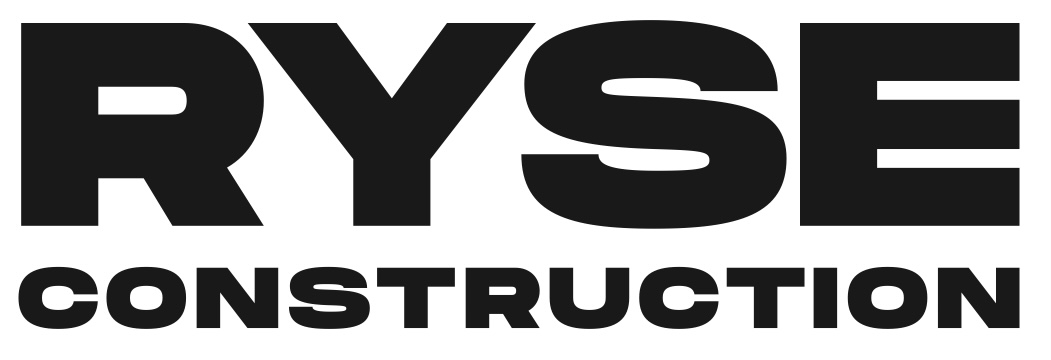Information
-
Property/Site/Client
-
Conducted on
-
Prepared by
-
Location
Termite Inspection
-
Are the following clear of termite infestation or damage?
Termite Critical Areas
-
Mulch beds
-
Wood piles
-
Tree stumps
-
Timbers
-
Wood fences
-
Wood decks or porches
-
Wooden posts sunk into the soil
-
Trees and shrubbery
Exterior
-
Foundation of the property, garage, and other points with exposed wood that connect with the soil
-
Attached porches, patios, sidewalks, areas near kitchens and bathrooms
-
Windows, door frames, and utilities (air conditioning pipes, gas and electric services) where termites may enter
-
Wood eaves and guttering (also check for leakage or wood rot)
-
Exterior electrical meter or fuse boxes on walls
-
Wood materials near swimming pools
-
For properties of pier and beam construction, check the area between the floor and the underlying soil (crawl space). Examine the inside of beams, chimney bases, hearths, or piers.
-
The point where the floor and wall intersect
Points of Entry
-
Points where soil comes into direct contact with wood, particularly untreated wood
-
Areas where surface water, or wet soil, contacts or is very near the structure
-
Areas where foundation material has degenerated and become permeable, cracks in slab, and expansion joints in slab
-
External foundation walls<br>(Look for mud tubes)
-
All wood members in subfloor (if present)
-
On ground earth-filled patios<br>(High-risk areas)
-
Trellises which touch the soil and are connected to the house
-
Flower planters built against the house
-
Patio steps in contact with the soil
-
Area around heating unit/s<br>(Warmth is conducive to termite development)
Interior
-
Patios, doors, window facings, baseboards, and hardwood flooring
-
Attached earth-filled patios
-
Joints, cracks, and expansion joints in the foundation<br>(Unusual blistering in paint or wall surfaces, discoloration or staining on walls or ceilings may indicate water leaks, which can decay wood and aid termite infestation)
-
Plumbing or utility pipes that enter the foundation or flooring<br>(Check floor coverings for raised or split areas)
-
Inside roof void attic
-
Clear of discarded wings from swarming alates (flying termites)
-
Moist mud tubes and broken mud tubes that get repaired later indicate an active termite tunnel.
Completion
-
Comments/Recommendations
-
Inspector Name and Signature












